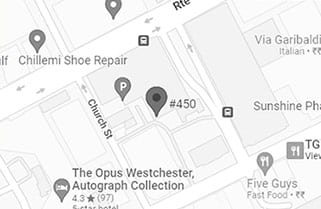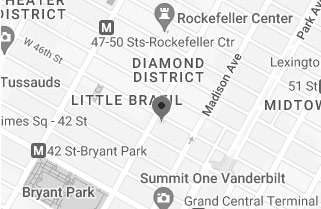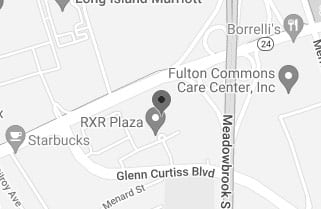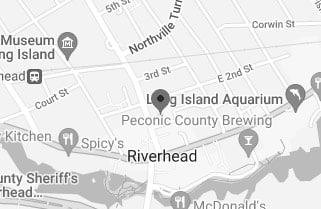What are Apnea and Bradycardia?
For newborns, apnea is a condition in which an infant stops breathing for 15 to 20 seconds. Bradycardia is a condition in which an infant’s heart rate drops below 100 beats per minute.
Although apnea can be caused by conditions such as infection, most cases occur in premature infants; this is known as apnea of prematurity (AOP). In premature babies, the spine and brain aren’t developed enough to ensure continuous breathing. As a result, the baby has periods of shallow breathing and periods of not breathing at all. AOP is usually accompanies by a drop in heart rate (bradycardia). The baby’s appearance will often become bluish or extremely pale. The baby may also become limp. AOP usually stops around 44 weeks of postconceptional age, which is calculated by adding together the weeks of pregnancy and the weeks since birth. Infants with AOP usually do not have developmental problems; moreover, AOP does not cause brain damage.
AOP should not be confused with periodic breathing, a condition also common in premature babies. Periodic breathing is a pause in breathing followed by rapid and shallow breaths. Unlike AOP, periodic breathing is not accompanies by bradycardia and a bluish/pale appearance of the baby. A baby with periodic breathing returns to breathing on his or her own.
Treatment for Apnea and Bradycardia
Most babies with AOP need treatment to help them breath because their lungs aren’t developed enough to allow them to breathe on their own. Babies with AOP may be given a caffeine medication intravenously to stimulate their breathing. In addition, medical professionals may rub a baby’s body to stimulate breathing. Finally, doctors or nurses may place an oxygen mask over a baby’s face to pump air into an infant’s lungs.
While in the hospital, infants with AOP are hooked up to a cardiorespiratory monitor, which is also called an A/B (apnea/bradycardia) monitor. If a baby stops breathing, an alarm on the monitor sounds to alert medical professionals to administer appropriate treatments. When a baby goes home, however, he or she may require an apnea monitor. An apnea monitor contains sensors to measure a baby’s chest movements and breathing, as well as a monitor to record these rate and movements. Medical professionals give parents detailed instruction on how to use the monitor and what to do if their baby stops breathing, including administering CPR to the infant.
How Law Offices of Thomas L. Gallivan, PLLC can Help If Your Child had Apnea or Bradycardia
If you believe that your child was born prematurely or suffered from apnea or bradycardia as a result of medical negligence, Law Offices of Thomas L. Gallivan, PLLC can help. We will examine your child’s medical records thoroughly and consult with medical experts to determine if your child’s condition was the result of medical negligence or malpractice. Contact us for a free consultation.



